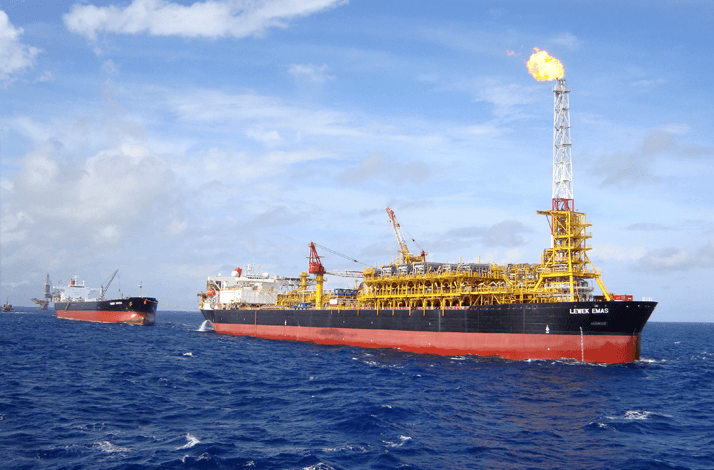What you don’t know can hurt you: Addressing the offshore market’s knowledge gap

Ian Nash from SPS Technology writes today on the importance of sharing know-how in the hard-hit offshore sector.
The steady resurgence of activity across the last few years in the offshore oil and gas market has created a very different mindset to the boom market of pre-2008, one where maximising output and controlling costs now requires even closer attention from asset owners. The renewed appetite for oil and gas products is enabling owners to capture further value, with many seeking lifecycle extension solutions to delay decommissioning of older assets.
Floating Production Storage and Offloading (FPSO) units have become the ‘go to’ asset, reflecting the market sentiment for maximising output with minimal spend. Offering lower CAPEX, more flexibility, and cheaper abandonment costs than fixed platforms, the FPSO market is expected to be worth $53.61 billion by 2023, up by more than 50% against 2016 levels.
But in order to capture the FPSO retrofit opportunity with lifecycle extension solutions, reviving idle or ageing FPSOs requires considerable maintenance and repair work that is typically a time-consuming and expensive undertaking when utilising traditional repair methods, with costly downtime and potentially hazardous operations.
A more holistic view of maintenance projects, combined with a broader understanding of available and proven repair methods could generate millions of dollars in time and cost savings – but a lack of understanding within this space amongst repair and maintenance managers is keeping these potential savings far out of reach.
Brain drain a hindering factor
The ability to realise savings that generate cost reductions from the lifecycle extension process is compounded by the shortage of knowledge across the industry. Decision makers at all key stages of an asset’s lifecycle are recognised as possessing less industry knowledge than would have been typical 10 years ago; the offshore market’s brain drain is a hindering factor. This is partly due to the escalating shortage of skills entering the market and the increasing competition for talent. As the lens has turned to scrutinise the oil and gas space for its impact on the environment, the sector has become a less desirable prospect for emerging generations of professionals.
Furthermore, savings are also not being realised due to a legacy of introspective frameworks and a lack of communication between departments across projects. The market report FPSO 2019: The State of the Market observes that “overlapping roles and poor communication among project team stakeholders” was the second most common reason for cost overruns and project delays. As a result of this approach, the knowledge required to generate savings within the lifecycle extension process becomes trapped in silos between departments.
Unlocking this trapped knowledge has become key to tapping into value within the revival and maintenance of offshore assets. Specifically, there is huge opportunity for asset owners to educate themselves and their teams to review and reconsider their historic understanding of the cost and capability of the numerous repair techniques available in today’s market, such as those available for structural steel repairs, which offer not only improved cost control and reduced downtime, but also a ream of safety and environmental benefits.
Structural steel repairs – specifically conventional crop and renewal repairs versus No Hot Work (NHW) repairs – are a prime example of how improved collaboration and knowledge sharing can drive change, streamline processes, and reduce lifecycle costs for offshore assets.
Improved collaboration and knowledge sharing can drive change
Generally, repair and maintenance managers in the offshore industry can spend more than half a year preparing for planned maintenance periods, during which remedial work can be undertaken in what is normally a hazardous environment.
Further, the budgets for these repairs can be spread across a myriad of departments, each managed by different personnel with their own budget and goals. With this fragmented approach, senior managers are unable to take an overarching view of procedures and identify areas of overspend or excess downtime.
By contrast, NHW repair solutions, like the patented composite steel repair solution offered by SPS Technology, provide a speedier process and reduced downtime of assets during repairs.
The case for change is compelling; closer collaboration across departments to facilitate knowledge sharing, and improving the market’s understanding and appreciation of the variety of lifecycle extension solutions, is essential to creating a more holistic, long-term outlook for the industry and generating maximum value from both new and old assets.
